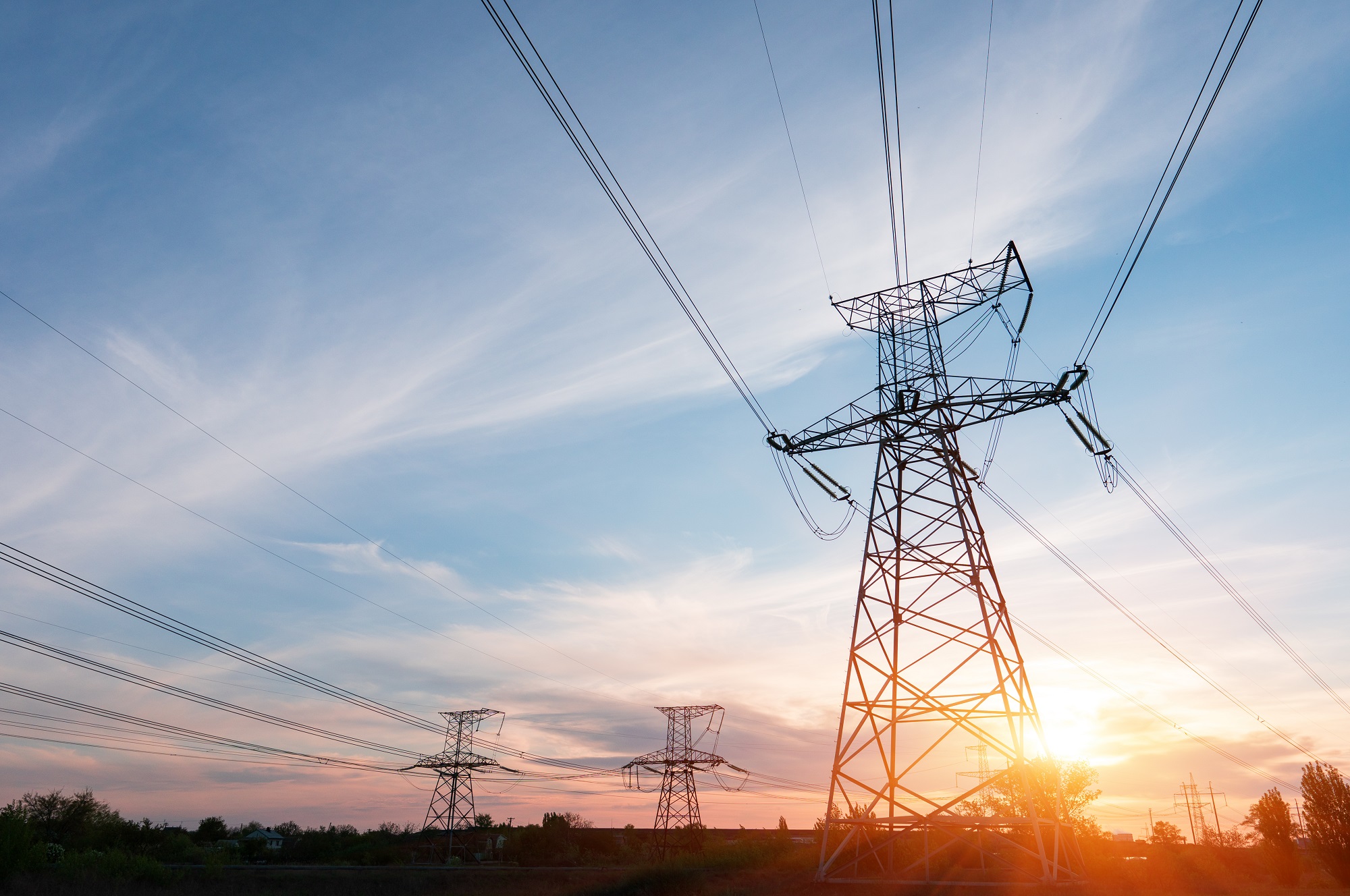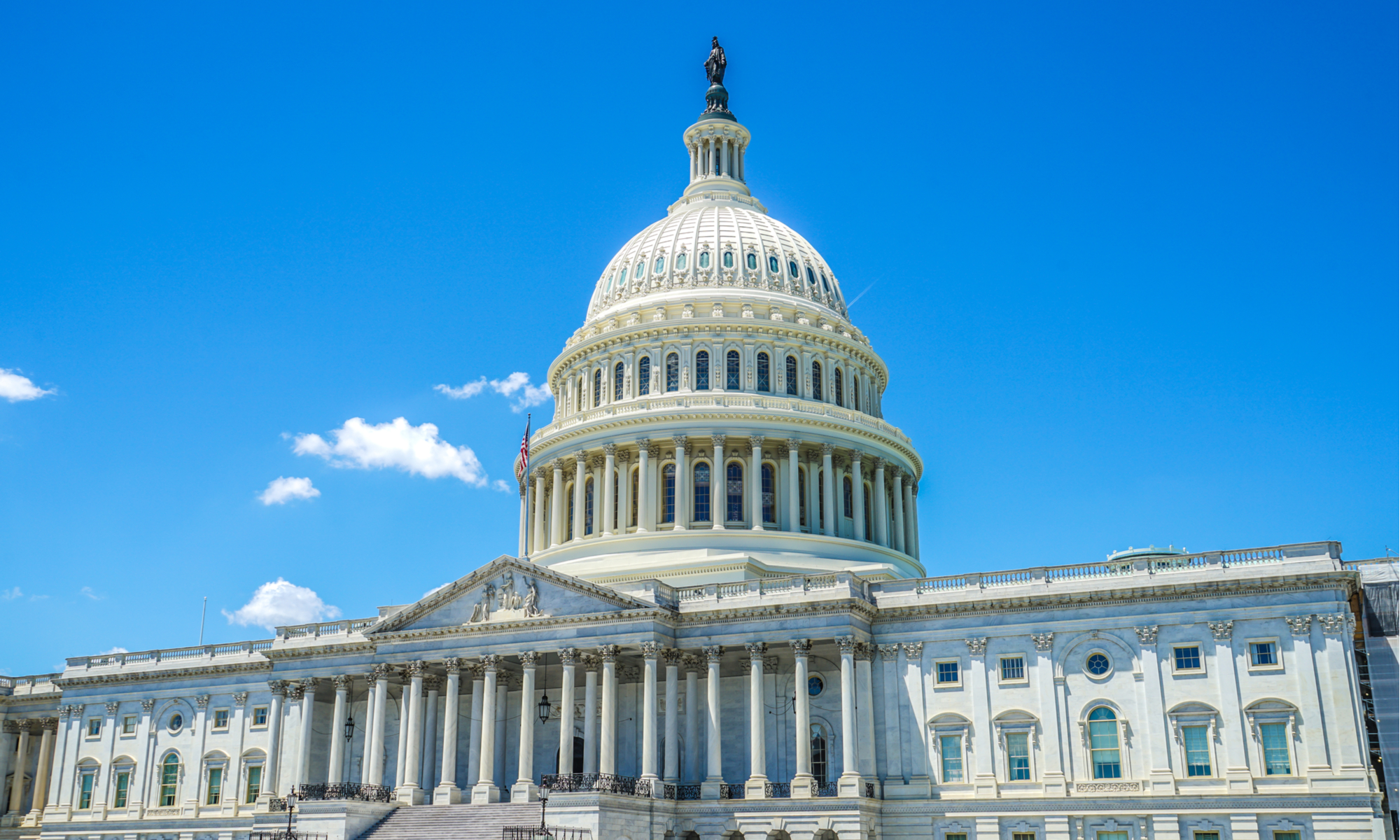Innovative Partnerships Can Unleash the Full Potential of Distributed Energy Resources
Let's Save Energy
Alliance to Save Energy's Blog
Innovative Partnerships Can Unleash the Full Potential of Distributed Energy Resources

By Jeff Hamel, Director of Industry Partnerships, Google
Our nation’s energy system is witnessing an unprecedented transformation, and the implications are critical for addressing the climate crisis. Over the past decade, the grid has become increasingly digital and now includes connections to a host of distributed energy resources (DERs). DERs are physical and virtual assets that introduce flexibility and can provide value to the grid when used to effectively manage demand—think energy storage, smart devices, electric vehicles (EVs), and behind-the-meter renewables. These are important changes, because the climate crisis is also critically connected to many of the social, economic and health challenges we are currently facing as a society.
As customer access to DERs expands, so does the energy saving potential of demand response (DR) programs, which involve shifting energy use to non-peak periods to reduce stress on the grid. DR programs can help utilities defer generation capacity, replace transmission and distribution capacity, and support peak shaving. However, we need to enable DERs as active grid management tools in order to fully realize the potential of DR.
Cue distributed energy resource management system (DERMS) providers—companies that provide software-based solutions to aggregate and manage DERs. DERMS providers build a bridge between DER usage and the utility grid. As the grid continues to evolve to a decentralized model, partnerships between DERMS providers and utilities are crucial for maximizing the impact of DR programs and achieving greater energy savings.
The opportunity
A DR-enabling device we are all likely familiar with is the smart thermostat, which can learn and automatically respond to a household’s heating and cooling needs. When a smart thermostat user enrolls in a utility DR program, the potential for energy savings and grid benefits increase. Smart thermostat DR programs automatically shift heating and cooling loads to non-peak periods during times of high demand like heat waves.
Millions of American households are currently equipped with smart thermostats, and the market’s growth shows no sign of slowing: Parks Associates reports that 29% of U.S. households with access to broadband internet service plan to purchase a smart thermostat this year. Yet fewer than 8% of homes equipped with these devices were enrolled in a utility thermostat DR program in 2018. Without enrolling in a utility thermostat DR program, a home’s smart thermostat cannot leverage the DER potential of the home. Data collected from the Smart Electric Power Alliance shows that this is a vastly missed opportunity: In 2018, the 1.1 million customers enrolled in utility thermostat DR programs in the U.S. collectively reduced demand by more than 900 MW. Just imagine the cumulative savings if all households with smart thermostats and other DERs were enrolled and accessible as DR tools.
We need more utility-DERMS partnerships to optimize energy savings
Third-party DERMS providers can help utilities increase DR program savings by connecting them with a wide range of DERs, resulting in benefits for everyone involved. For example, Arizona Public Service has partnered with EnergyHub to use its “Mercury” platform to harness the value of customers’ connected thermostats, water heaters, battery energy storage, and solar inverters.
On top of the grid management services, DERMS solutions offer convenient pathways for customers to opt-in to opportunities for greater energy savings and thus reduced energy bills. For instance, DERMS platforms deliver personalized offerings to customers including multi-family and low-income households—markets that are typically harder to reach. DERMS platforms also can streamline the checkout process by offering DR programs and other rebates at the point of sale, helping to ease enrollment.
Finally, partnering with DERMS providers to optimize savings from DR programs and scaling smart thermostat programs into virtual power plants can bolster grid resiliency. The energy efficiency benefits of DR programs support resiliency by helping utilities withstand dramatic changes in energy use patterns, such as the drastic shift in residential energy use resulting from COVID-19 stay-at-home orders. In Michigan, Consumers Energy recently collaborated with Uplight, a DERMS provider, to provide Google Nest thermostats to customers at no cost to help ameliorate increased residential demand caused by home-bound residents. Consumers Energy uses Uplight’s Marketplace solution to enroll customers in DR programs and automatically applies both DR and energy efficiency rebates at checkout, with some customers even able to qualify for a no-cost device.
By using digital tools to expand load shifting and shaping capabilities of DR programs, utility-DERMS partnerships can advance Active Efficiency—a burgeoning concept for strategies that achieve deep energy savings through a beneficial combination of well-established energy efficiency practices with digitalization technologies. Google is a member of the Alliance to Save Energy’s newly formed Active Efficiency Collaborative (join us!), a coalition of stakeholders collectively striving to rebrand energy efficiency by embracing all elements of the broadening energy system. As the array of DERs available to customers expands, utility-DERMS partnerships can deliver on these resources’ full potential of reduced emissions, customer savings and optimized grid performance.
STAY EMPOWERED
Help the Alliance advocate for policies to use energy more efficiently – supporting job creation, reduced emissions, and lower costs. Contact your member of Congress.
Energy efficiency is smart, nonpartisan, and practical. So are we. Our strength comes from an unparalleled group of Alliance Associates working collaboratively under the Alliance umbrella to pave the way for energy efficiency gains.
The power of efficiency is in your hands. Supporting the Alliance means supporting a vision for using energy more productively to achieve economic growth, a cleaner environment, and greater energy security, affordability, and reliability.



